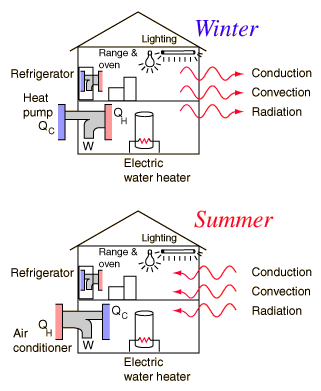Look it is summer. It is 95 degrees out. I am a sailor in a calm. So yes I am kinda mailing this in. But in my defense this stuff has really turned interesting. So here is another installation of beautiful energy conservation.
http://www.masterremodelersinc.com/index.php?option=com_content&view=article&id=58&Itemid=62
Sustainability
Take a look at our 2010 award-winning kitchen as an example and our blog on the subject for more examples of green home remodeling in Pittsburgh.
OUR CREDENTIALS
We are one of only a handful of home remodeling contractors in Pittsburgh and Pennsylvania dual-certified to deliver whole house energy savings for your remodel.
YOUR BENEFITS

While your home remodeling can include new, renewable building materials that are beautiful, healthier and sustainable, our main focus is on energy conservation. This is best determined by a home energy audit. Done right, going green has many benefits: much lower utility bills, lower mortgage rates, higher resale value… and you’ll enjoy a healthier home for you and your family. Learn more at HomeEnergy.org
(right: Our infrared camera sees leaks that you can’t)
WHAT SHADE OF GREEN?

In the home remodeling Design and Planning process you make decisions about how green you want to go. “Lite green” home remodeling could mean simply better insulation and doors and windows. Or low flow showerheads and strategically planted shade trees. Maybe add bamboo floors, recycled-content counter tops, and low VOC paint. “Deep green” could mean solar, a geothermal heat pump or complete energy independence.
Home energy audits
A great place to start your decision-making is with a home energy audit to determine your home’s current energy efficiency. We offer three different levels of audits plus other ancillary tests to choose from. For most homes, the greatest energy leaks are in floors, walls and ceilings. Leaky ductwork follows, and then heating and cooling systems.
FINANCIAL INCENTIVES
Today there are many benefits and incentives for you to go green. Ask us about low interest loans, grants, tax credits and rebates, plus monthly utility savings.
 Call 412-341-6585 today to set up an appointment to discuss green remodeling for your home. Or email us your questions.
Call 412-341-6585 today to set up an appointment to discuss green remodeling for your home. Or email us your questions.
:}
More tomorrow.
:}










